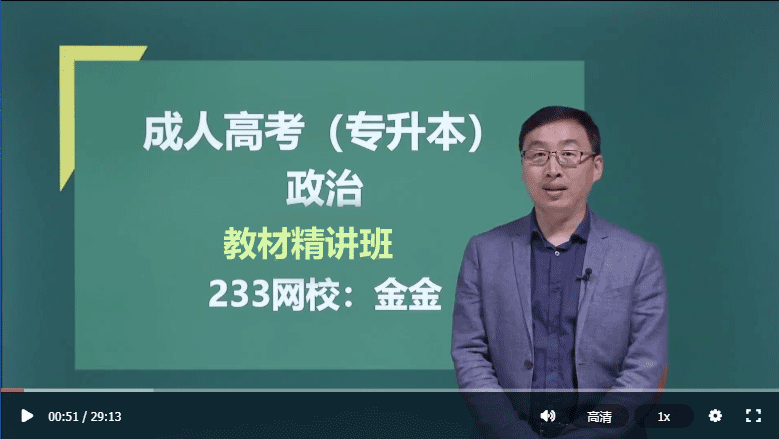C
In most of the United States, students attend classes for 5 days each week. Schools are required to hold classes for about 180 days a year. Recently, schools in some areas of the country have begun experimenting with the new teaching arrangement of holding classes for 4 days a week. Classes would meet their Monday through Thursday, or Tuesday through Friday. Some schools in 12 American states are now using that schedule (日程安排).
The students still have the same number of total hours in class as before. But they attend school for a longer time on each of the 4 days. In Colorado, schools on the four-day week hold classes for seven-and-one-half hours a day for 144 days. Traditional (传统的) schools meet for 6 hours a day for 180 days.
Many schools on a four-day schedule offer special programs, trips or sports meets on the fifth day. Officials say this gives students even more time in class than on the traditional schedule. Students do not have to miss school to go to the events. They can also go to doctors or deal with other important affairs on the fifth day.
The main reason for shortening the school week is that many schools can save money by not providing meals or transportation for students on the fifth day. And they say research shows that students are not harmed by the shorter week.
49. How many teaching hours do most of the schools have in the U.S.?
A. 6 hours for 4 days a week
B. 6 hours for 5 days a week
C. 7.5 hours for 4 days a week
D. 7.5 hours for 5 days a week
答案:B
50. What change does the four-day school week bring about?
A. Students attend classes for 180 days a year
B. Students have fewer class hours than before
C. Students take part in more after-class activities
D. Students have to take special programs on the fifth day
答案:C
51. Which of the following is true about the four-day schedule?
A. It is being practiced in some states
B. It is being planned all over the country
C. It helps students save money for meals
D. It prevents small schools from closing down
答案:A
D
After then years of being a housewife and a mother, Carol could not stand it any longer. Then, one morning, just after her two daughters had gone to school, she saw an advertisement广告in the paper. She phoned, and was asked to come to an interview(面谈) that very afternoon. Mr. Hollins, who interviewed her, was a young man about 24 in a black suit. There was a hard look in his eye and he talked very fast. He told her she would be required to stop men between the ages of 21 and 50 and ask them several questions designed to determine what men think of deodorants. The information was to be recorded and she would be paid according to the number of complete interviews she had. When Carol asked which factory the research was for, she was told that was not important. Last of all, before she began she would have to attend a one-day training. Carol accepted. After the training, which was only about how to write down the answers correctly in a form and how to put the questions, Carol found herself in the center of town at 9:30 in the morning. She soon found out that getting the information was really not at all that easy. First, she stopped a man who refused to answer any questions because he had no time. Next, a man told her it was none of her business whether he used deodorants or not. Then she interviewed a man who was hard of hearing and, instead of answering her questions, began asking her all sorts of his own. Finally, Carol found a young man with a pleasant smile on his face. He was coming towards her slowly and seemed ready to talk. He looked surprised when she put her first question. ―I’m doing a research, too. It’s about soap powders,‖ he said.
52. Mr. Hollins told Carol that she was required _______.
A. to record what she heard in the streets
B. to collect men’s opinions on a product
C. to pay visits to men aged 21 through 50
D. to stop people who were using the product
答案:B
53. Before Carol started to work, she learned how to _____.
A. fill her personal information in a form
B. receive training that might help her do the job
C. put the information collected in the form provided
D. ask interesting questions in the training course
答案:C
54. What can we know about the third man Carol stopped in the town center?
A. He was impatient to listen to Carol
B. He was ready to answer Carol’s questions
C. He found it hard to believe what Carol said
D. He had trouble getting what Carol was saying
答案:D
55. Carol found in her work that _____.
A. few people were willing to answer her questions
B. it was not easy to make herself understood
C. men did not like her questions very much
D. young people were more helpful
答案:A
2017成考:2017年成人高考报名时间/入口 2017年成人高考招生简章
告别盲目备考,锁定考点,突破难点,2017年成人高考一次过不是问题!点击进入>>

扫一扫,随时随地学习,海量试题等你做!

